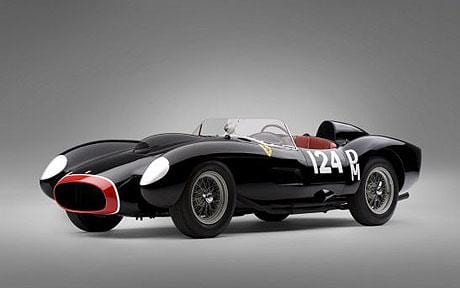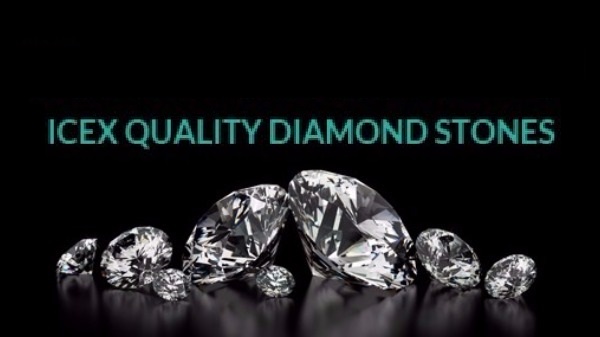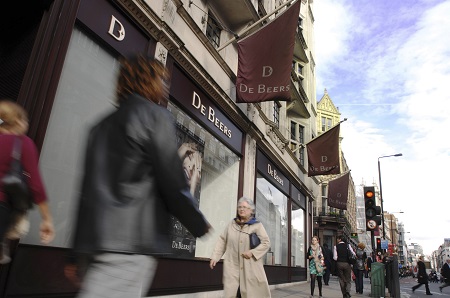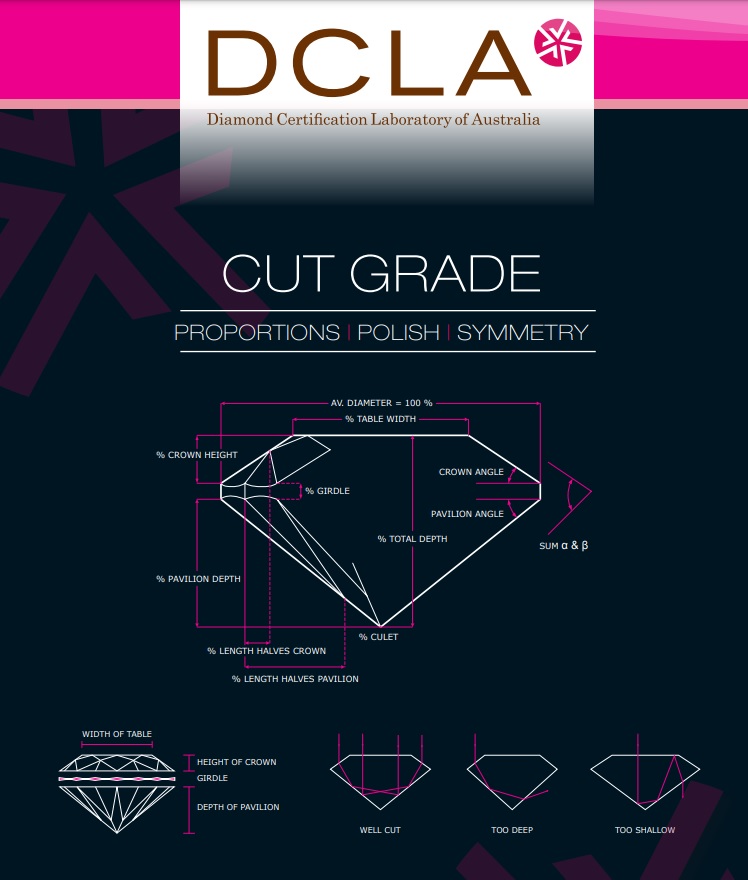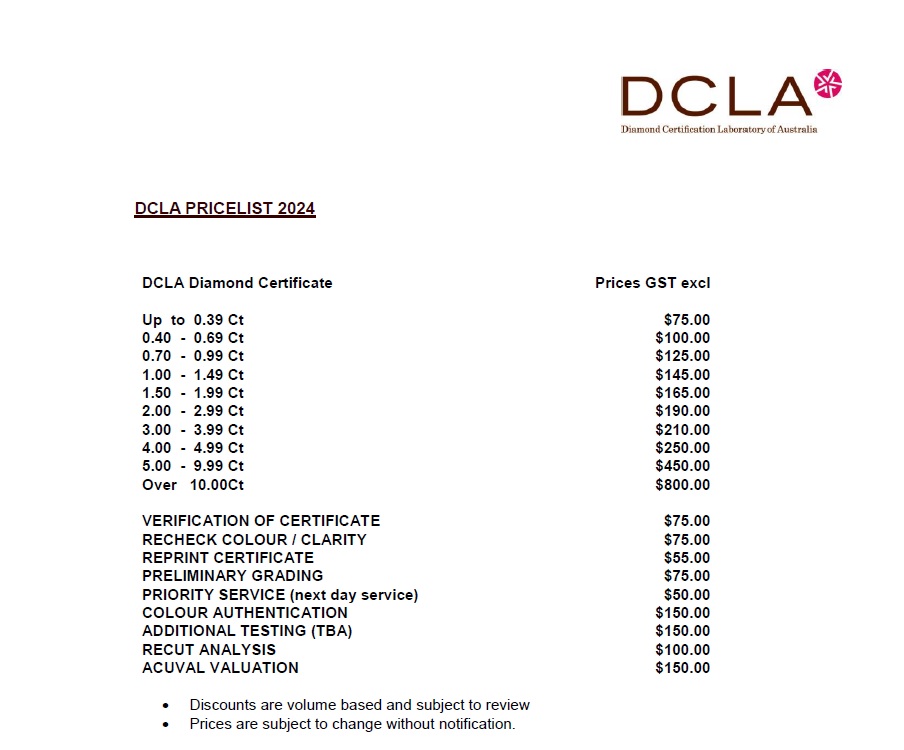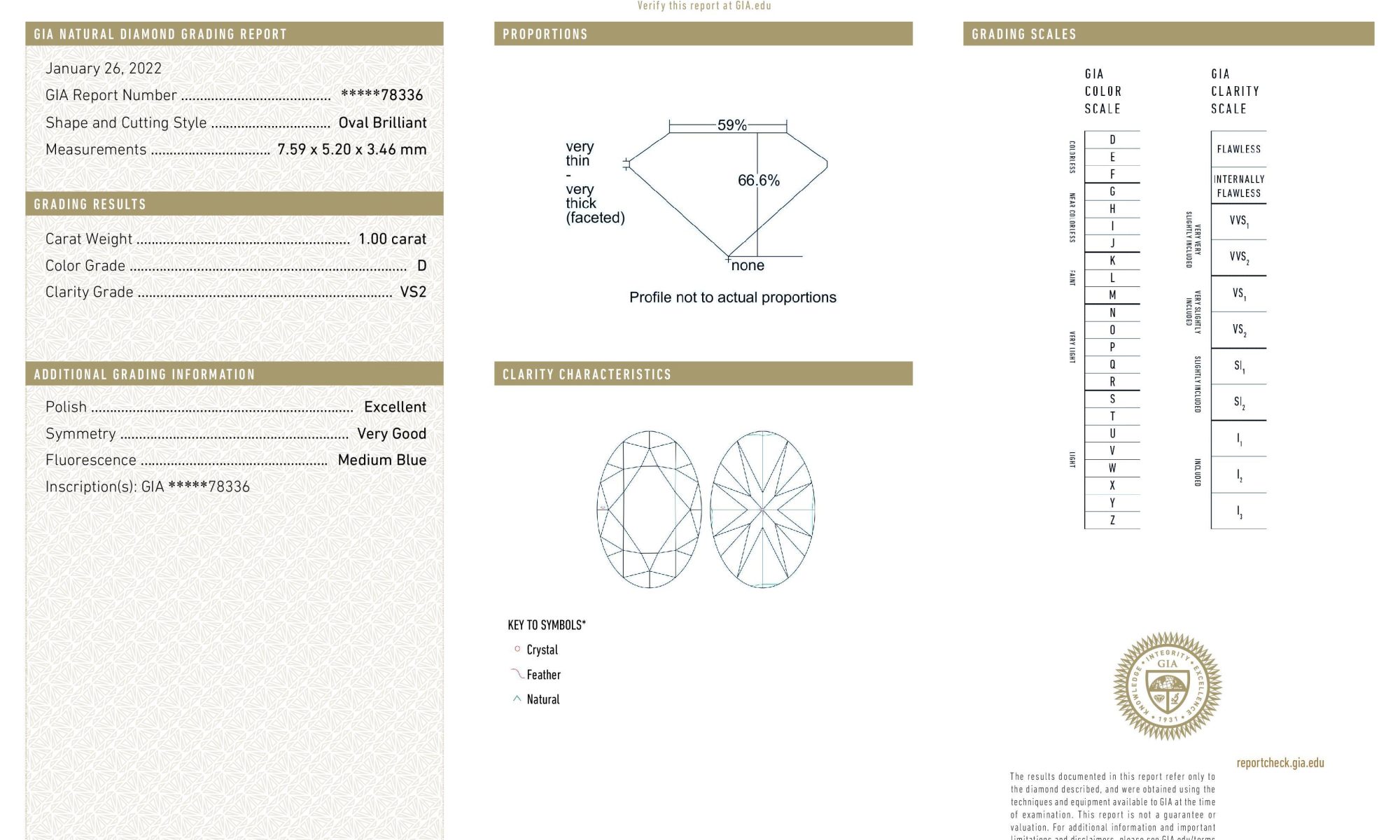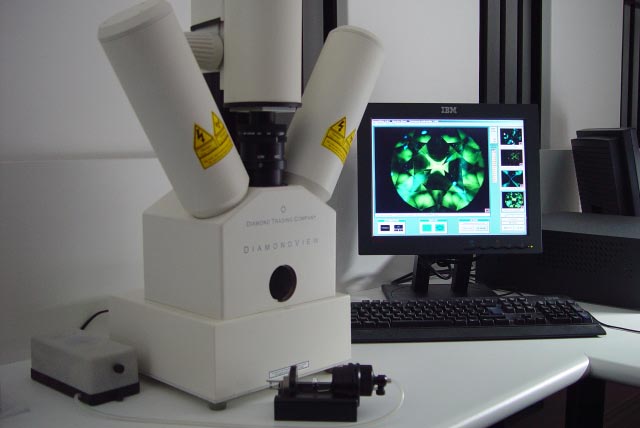Old Master paintings and classic cars have lost the luster, But the uber rich have seen their jewellery, fine wine and musical instruments jump in value again.
This according to to the Blue blooded UK bank Coutts’ passion index of the finest things. Now in its twelfth year.
Thanks to 16.4 percent rises in instrument, 11.6 percent in jewelry prices and a near 10 percent jump in wines. Also a rise in watch prices of 6.7 percent.
One of the biggest jumps is for coins where gains since 2005 hit 225 percent.
Ferrari, Aston Martin, Jaguar ,Porsche and other collectable Classic cars whose prices have risen more than 332 percent since 2005, also went into decline.
Prices for fine art dropped between 4.3 and 7.9 percent last year. Post the financial crisis the Old Masters and 19th Century Art has been the worst performers. Down by more than 40 percent on a cost adjusted return basis.
To help the Diamond industry limit losses when polished prices fluctuate. The Indian Commodity Exchange has launched the first diamond futures trading contract.
Diamond futures contracts work as price insurance, when fluctuations impact the value of inventories. With the futures trading traders agree on a price for a contract.
The new exchange platform gives investors a format similar to commodities exchanges such as Comex, Nymex and the London Metal Exchange.
Over 100 members and approximately 4,000 clients have registered with ICEX exchange.
The Indian government approved diamond futures trading in September 2016.
De Beers marketing spend this years is more than $140 million, This is the biggest De Beers push in a decade.
The marketing will focus on increasing consumer demand for diamond jewellery in US, China and Indian markets.
The De Beers brands, Forevermark and De Beers Diamond Jewellers. Will receive the most funding, But Debeers will also increase its contributions to the Diamond Producers Association and India’s Gem & Jewellery Export Promotion Council.
Stephen Lussier, De Beers’ executive vice president of marketing and CEO of Forevermark. Said the consumer expenditure for diamond jewellery over the past five years collectively has been the highest on record. and this made the outlook positive.
There are a number of ways to verify that your diamond matches the diamond certificate it is purchased with. If you purchased a diamond that is laser inscribed, ask your jeweller to show you the laser inscription under magnification. This way, you will always be able to identify the diamond as your own.
DCLA also performs a verification service, for both DCLA certified diamonds and for diamonds certified by other internationally recognised laboratories. Bring or send your diamond, together with the diamond grading certificate, to the DCLA laboratory and the diamond will be conclusively matched against the certificate. DCLA can then cold laser inscribe the diamond with either the diamond grading certificate number, or with a personalised message.
A complete database is kept of all diamonds certified by the DCLA laboratory. Each diamond that is submitted to the laboratory for grading is issued with a unique, individual DCLA number; this number is used both to track the diamond as it progresses through the laboratory, and also as a reference number for identification once it leaves the laboratory.
A diamond valuation is only done once the diamond has been set in the ring. Inclusions are hidden, colour is obscured, carat weight and measurements have to be estimated. This makes it impossible to determine the exact characteristics (4 C’s) of the diamond and consequently the “valuation” can be significantly different to the actual value. In fact most valuations have the following disclaimer: “Gemstones have not been removed from settings for accurate assessment, all grades and weights are approximate.” Often these insurance valuations are used as selling tools by jewellers; for example, when selling a diamond ring for $10 000 a jeweller may present a valuation for $15 000. The customer will think he is getting a very good deal, however the diamond ring had never ever been sold at that value.
It is strongly advised that you purchase a diamond that has already been certified. Most reputable jewellers will sell diamonds that have already been certified by an independent, recognised laboratory. If you want the DCLA to certify a diamond we will gladly assist you, please give us a call for more information.
You can have your certified diamond sealed in a DCLA Certicard ® Seal which will provide a further safeguard against your stone being substituted. The seal has a number of security features including electrostatic security bars, pressure-sensitive transparent adhesive and Cryptoprint® text which becomes visible after opening the seal. It is therefore very difficult to tamper with the seal. This sealing will also protect your diamond against damage and dirt.
Always use a jeweller this is willing to provide you with an independent diamond grading report or diamond certificate; without a diamond grading certificate from an independent diamond grading laboratory, you will not know the true quality of the diamond you purchase.
The DCLA uses the latest equipment and technology to detect and conclusively identify treated diamonds, synthetic diamonds, and fake diamond simulants. All diamonds that are submitted for grading to the DCLA laboratory are screened for treatment and authenticity. Diamonds that require further testing are then examined and tested on advanced equipment to conclusively determine their authenticity.
